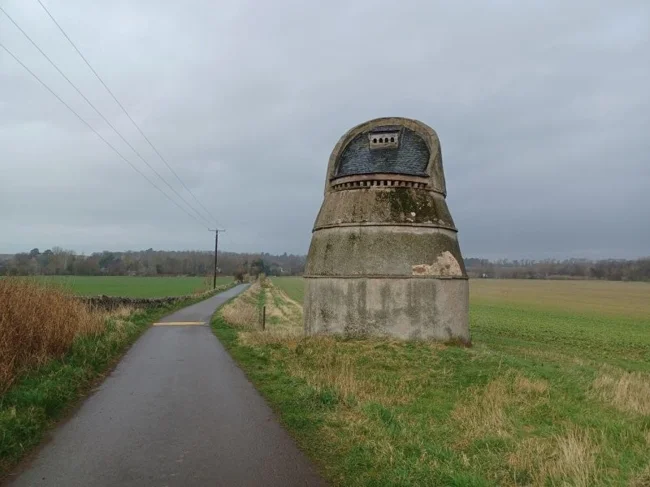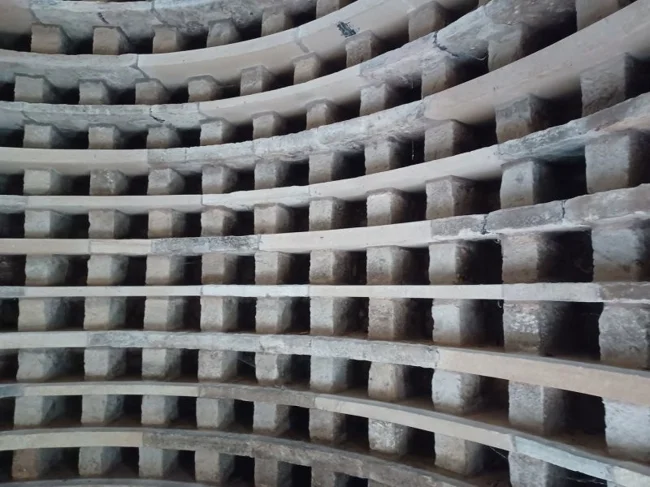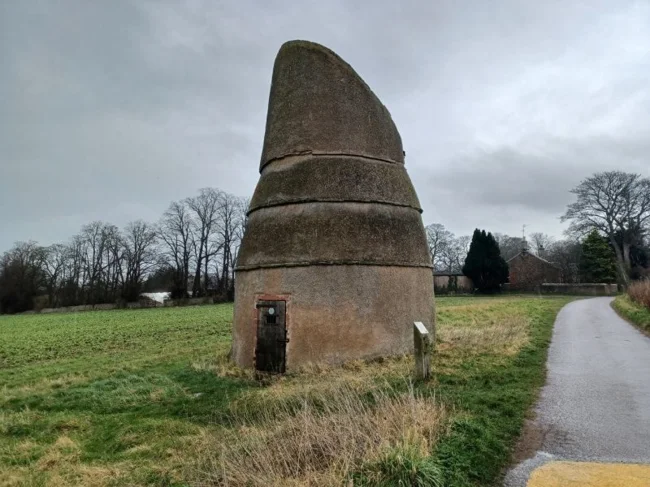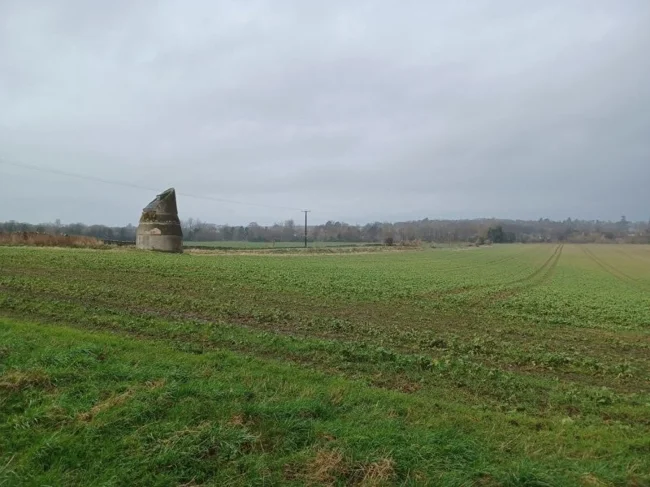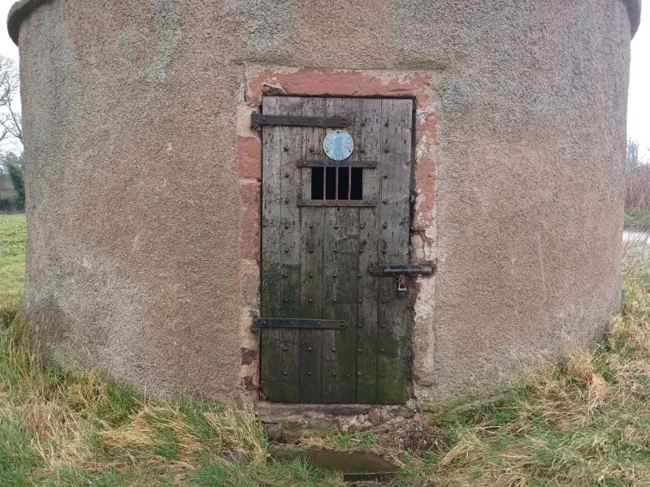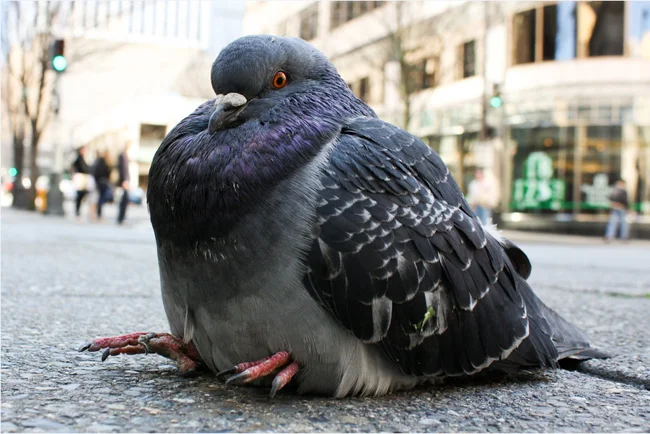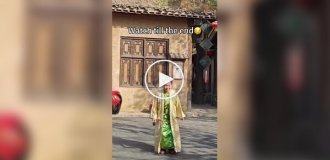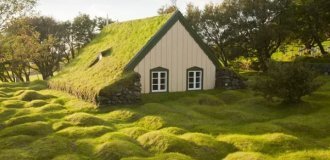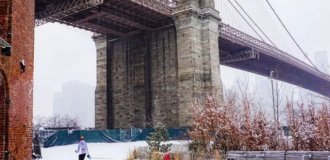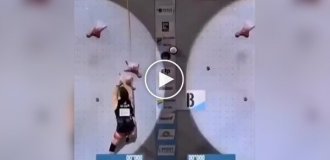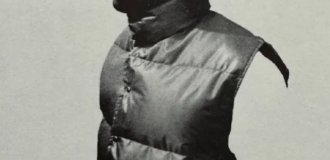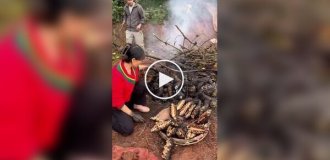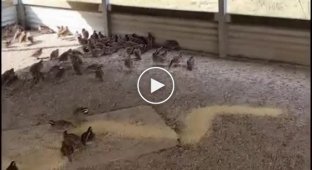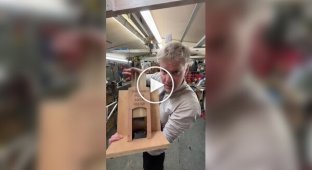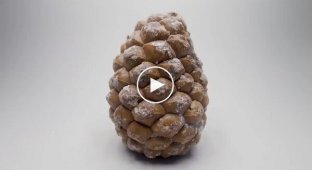A fantasy dovecote-hive that has become an architectural heritage of antiquity (11 photos)
This strange structure is a 16th-century dovecote that once housed more than 500 birds. 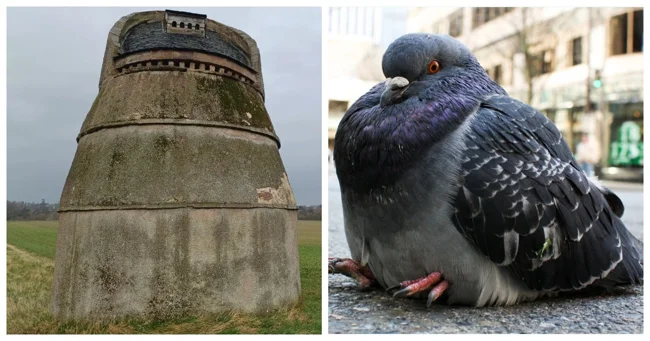
This small round building on the edge of a Scottish field in the village of East Linton is not a grain barn, an eclectic cottage, or a creative experiment. It is a very well-preserved 16th-century dovecote. 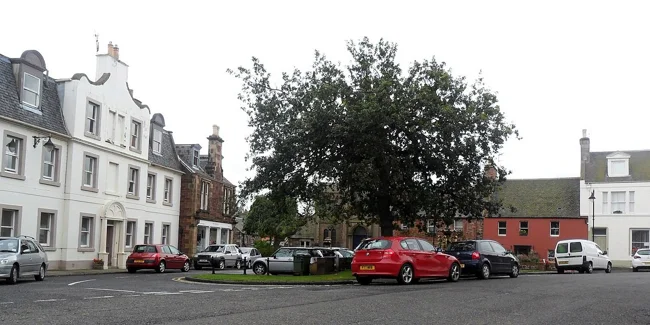
East Linton
Dovecotes were once very common throughout Europe, especially on estates and manors, where the birds were kept for food and eggs, and their droppings were used as fertilizer for crops. 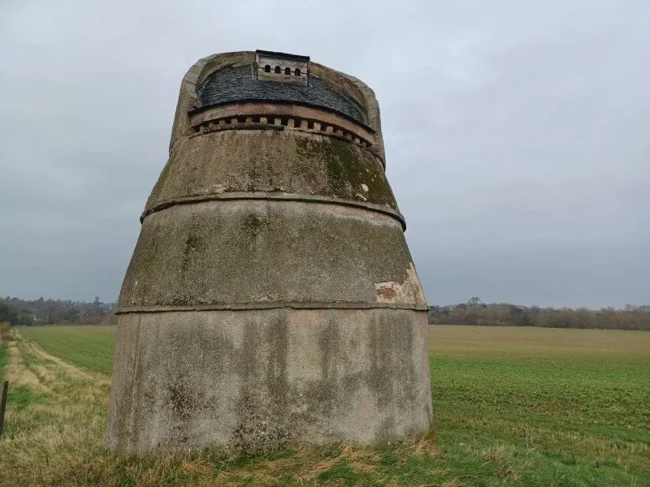
The architecture of the dovecote is striking: it is topped with a parapet in the shape of a horse's leg. Its circumference is 17 meters, and the thickness of the walls is almost 1.5 meters to protect the feathered inhabitants from bad weather. Inside, there are 16 entrances and 544 secluded corners for birds to nest. 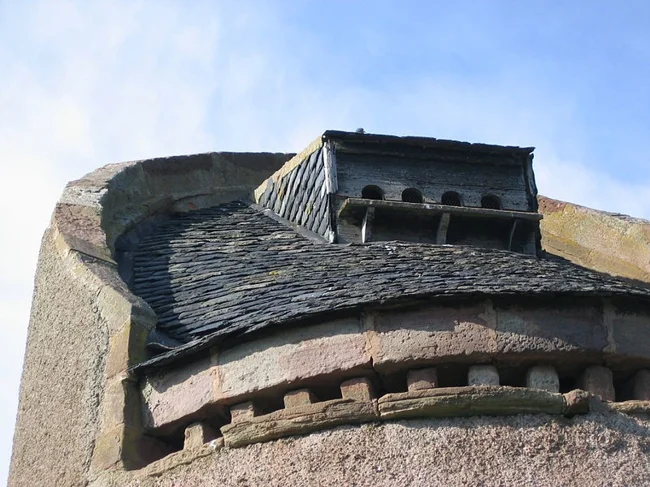
This dovecote is a traditional round structure made from local stone. Many of the older dovecotes were of this 'beehive' design, but in the 18th century they became more ornate and ornate. In those days, a dovecote was a symbol of wealth, so it was a valuable asset to a landowner. 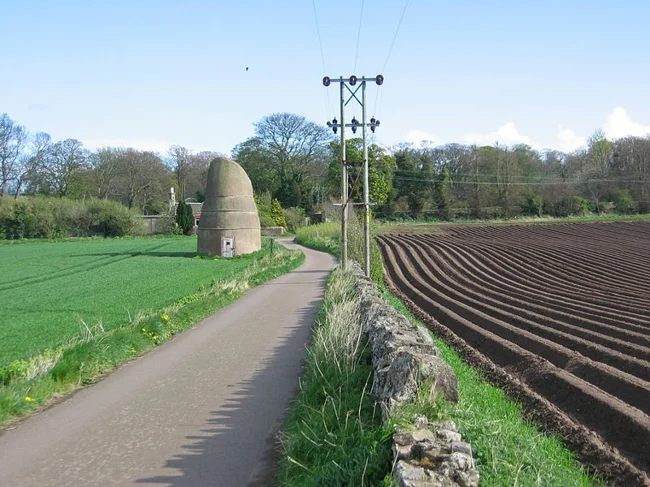
It is now a protected historic building, looked after by the National Trust for Scotland. 